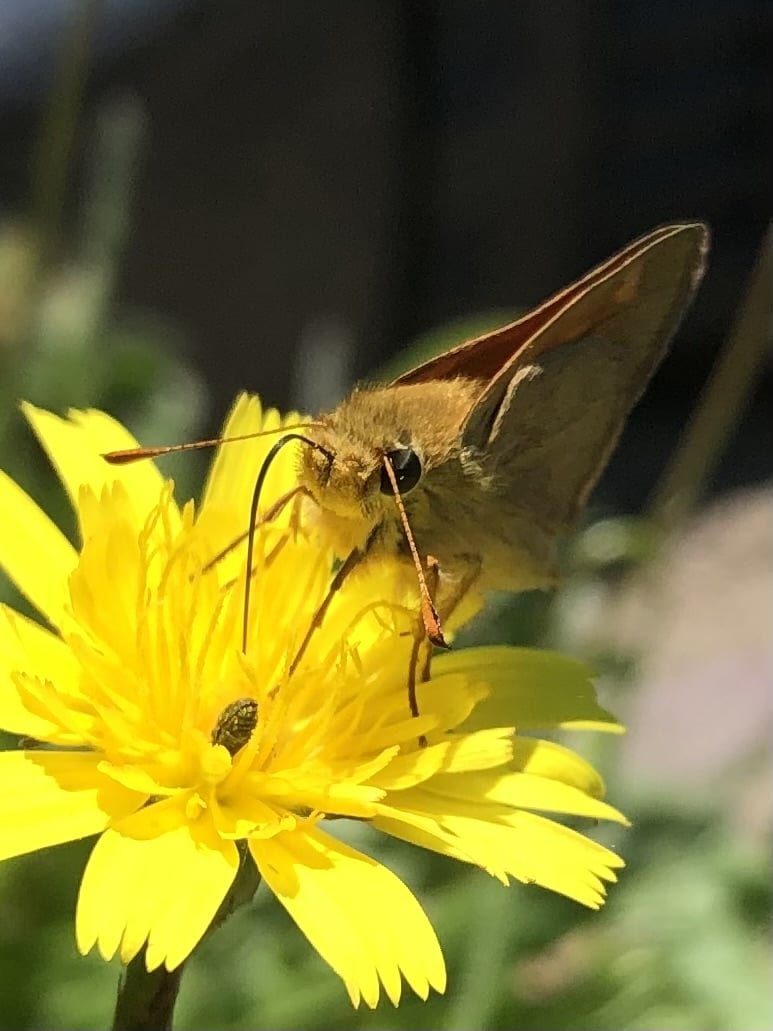Title photo ‘Bombyx Mori’ by Sonja Hahn
The most obvious invertebrate that has been utilised by humans is the Domestic Silk Moth, which over time has become unable to reproduce in the wild now dependent on human intervention. The moths have also lost their pigmentation and the ability of functional flight
Eggs take around 14 days to hatch and they eat continuously, favouring White Mulberry Leaves
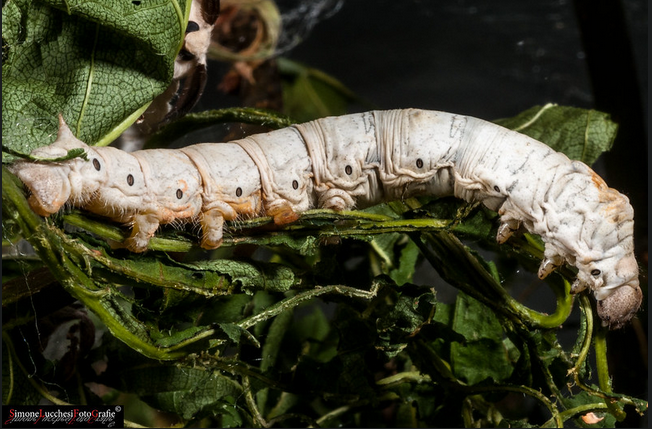
Photo ‘Bombyx mori caterpillar (Silkworm)’ by Simone Lucchesi
After they have molted 4 times their bodies become slightly yellow and tighten, it is then they start to spin their silken cocoon. The cocoon is made from raw silk and is approximately 300-900m in length. If it is allowed to continue it’s life cycle it will make a hole in the cocoon and emerge as an adult moth (this in turn results in the continuous silk thread to be broken into many smaller length strands)
Unfortunately for most moths their life cycle is abruptly concluded by immersion of their cocoon in boiling water. This kills the pupa, and also helps in unravel ling the silk thread. Often the silkworm is eaten

Photo ‘Vietnam - Hoi An - Silkworm Cocoon Reeling’ by Manfred Sommer
So, you now have your fancy silk threads, but they need a bit of colour…how about some fancy dye? And the fanciest has to be- Tyrion Purple
This dye comes from the mucus secretion of several predatory sea snails found in the Eastern Mediterranean Sea, namely- Bolinus brandaris, Hexaplex trunculus, Stramonita haemastoma, and less commonly Bolinus cornutus
The dye was colour fast, and was a highly prized luxury commodity used by The Romans in ceremonial robes and the Emperors.
It was not just The Romans who coveted the dye, recently large quantities of Murex shells were discovered in Crete suggesting the ancient Minoans were harvesting and extracting Imperial Purple much earlier
The production of the dye ceased with the Sack of Constantinople in 1204, with the Byzantine Emperor or remaining Latin rulers lacking the substantial finances to continue
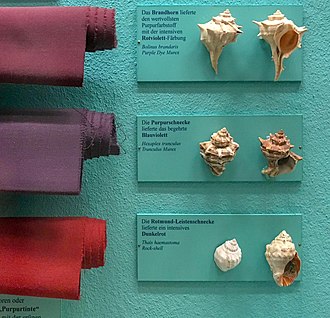 Image via wikipedia
Image via wikipedia
Now that Tyrion Purple is out of the question, why not have a nice deep red instead?
Cochineal is a scale insect (Dactylopius coccus) which lives in tropical and subtropical South America through North America. It feeds on the fleshy pads of The Prickly Pear Cactus (Opuntia). To deter predators it produces carminic acid, around 17-24% of the dried insects weight, which is used to make carmine dye
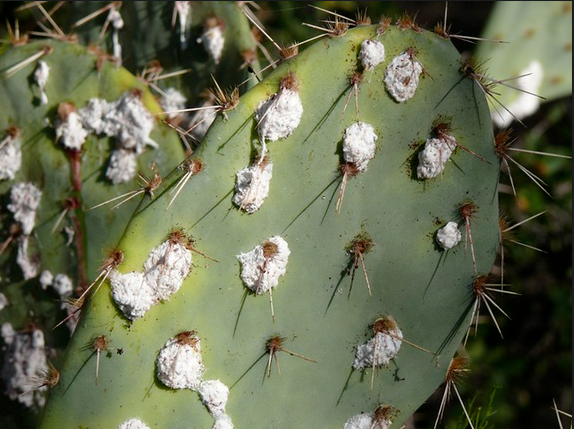
Photo ‘Cochineal’ by Alison Taylor
The cochineals are harvested at around 90 days from the cacti which are grown in special farms, and the resulting dye can yield shades of red such as crimson and scarlet
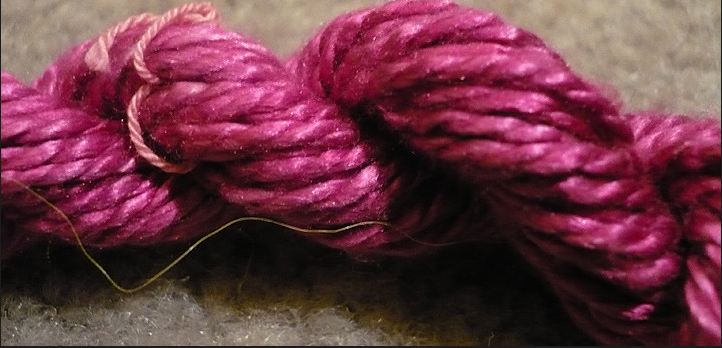
Photo by mirth_matter
Kermes is another red dye which again comes from the dead bodies of female scale insects, Kermes vermilio, native to the Mediterranean region. The insects are parasites and feed on the sap of the host plant, the Kermes oak (Quercus coccifera) and the Palestine oak (Quercus calliprinos).
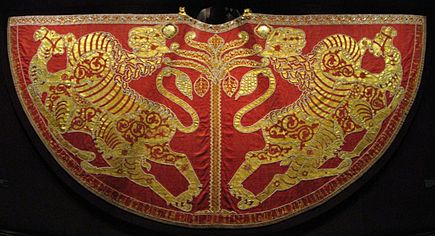
Photo via wikipedia
If Red is a bit too loud, how about a brown/red courtesy of The Lac Beetle?
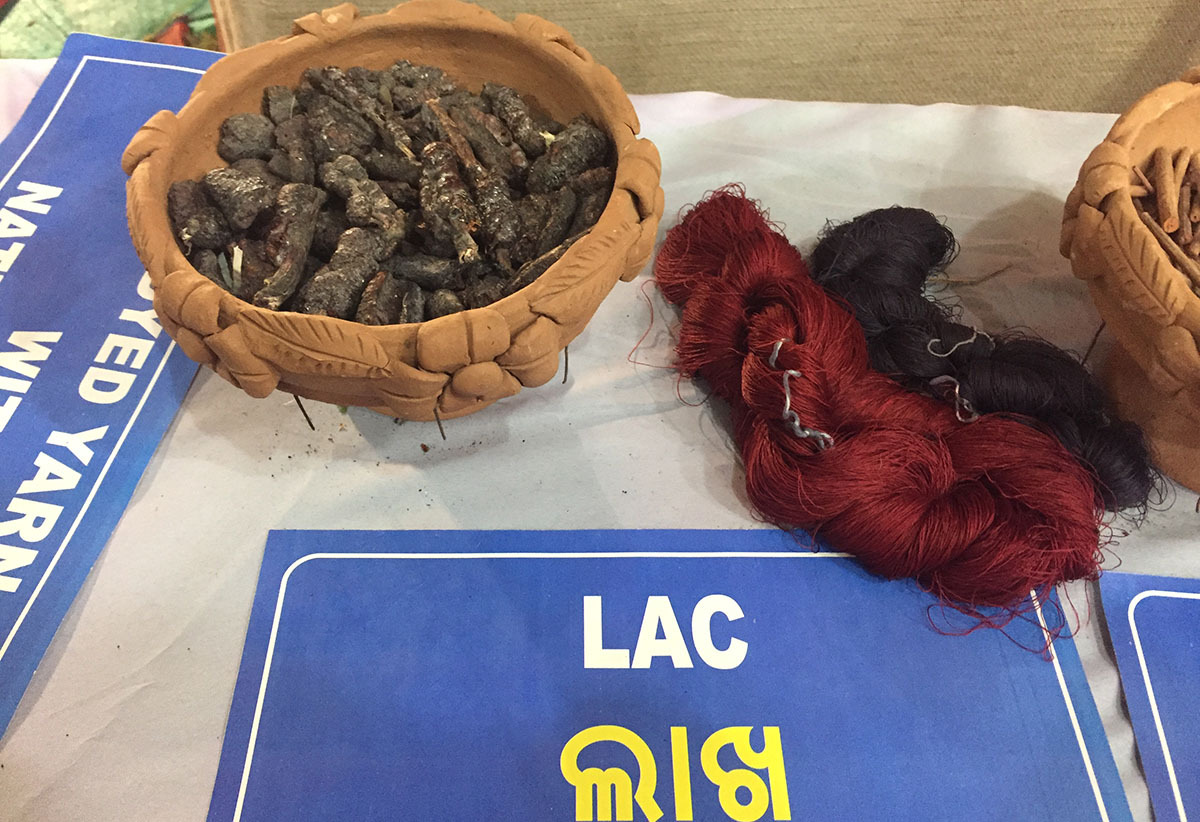
Kerria lacca produces both a dye and a wax via it’s resinous secretions. The eggs of the Lac are introduced to trees by farmers in order to colonize and feed on them and subsequently coat the branches in resin which is then harvested as ‘sticklac’. The branches and insects are harvested, crushed and sieved to remove impurities. This ‘seedlac’ is then processed into shellac or dye
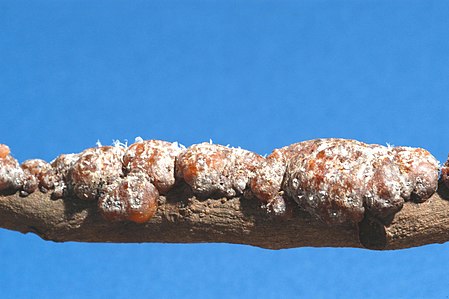
Lac tubes via wikipedia
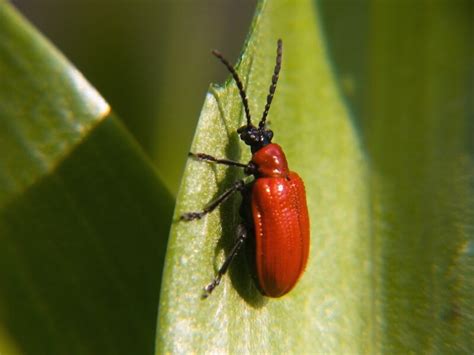
Sources Bombyx mori, Tyrian Purple, Cochineal, Kermes, Lac
Also of interest is Sea Silk
an extremely fine, rare, and valuable fabric that is made from the long silky filaments or byssus secreted by a gland in the foot of pen shells (in particular Pinna nobilis). The byssus is used by the clam to attach itself to the sea bed
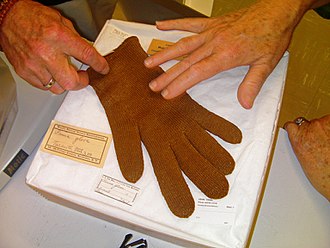
Photo via wikipedia
Sea silk was produced in the Mediterranean region from the large marine bivalve mollusc Pinna nobilis until early in the 20th century. The animal, whose shell is sometimes almost a metre long, adheres itself pointed end down to rocks in the intertidal zone using a tuft of very strong thin fibres. These byssi or filaments (which can be six centimetres long) are spun and, when treated with lemon juice, turn a golden colour, which never fade…The cloth produced from these filaments can be woven even more finely than silk, and is extremely light and warm; it was said that a pair of women’s gloves made from the fabric could fit into half a walnut shell and a pair of stockings in a snuffbox. The cloth attracts clothes moths, the larvae of which will eat it…Pinna nobilis is also sometimes gathered for its edible flesh and occasional pearls of fair quality.

